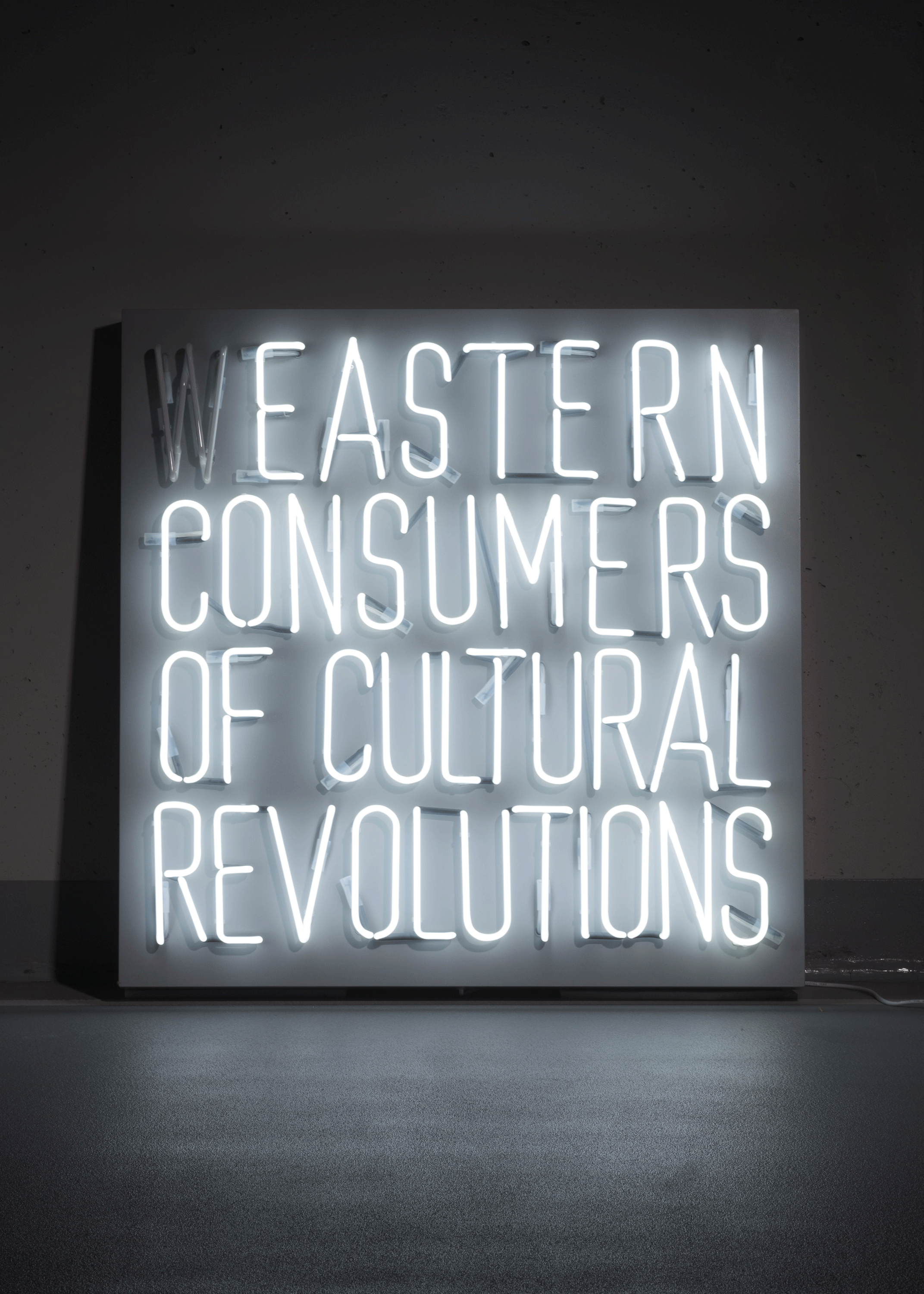Selected dates:
June 2, 1984
Born in Novopolotsk (BSSR, today the Republic of Belarus).
Since 1999
Lives and works in Minsk , where he moves after going to college.
1999–2002
He studies at the Republican College of Arts named after Akhremchik . I got into the workshop of Elena Akhramovich, who, according to the artist's memoirs, greatly influenced creativity, showing the strategies of the game and a free but disciplined attitude to art.
2002–2009
He continued to receive art education at the Belarusian State Academy of Arts at the Department of Graphics. At this time, he became disillusioned with the education system and official Belarusian art and frantically searched for himself in other disciplines: design and scenography. Begins to actively cooperate with musicians and theatergoers.
2007–2009
At Dom Kino, he helps Yuriy Urso organize a cinephiles club and together creates a huge video library of classic and avant-garde cinema. It is through the study of cinema that he turns to contemporary art. For two years, using the Internet, he has been studying contemporary art and collecting a digital archive of world art history with great attention to the latest art. The film archive and the digital collection of contemporary art showed the artist's interest in the total systematization of information.
May 2009
The knowledge gained about contemporary art influenced the artist's decision to pursue art and leave the Academy of Arts. The artist took the documents two months before receiving the diploma.
Despite participation in exhibitions in his student years, 2009 determines the beginning of his artistic and curatorial activities .
June 2009
He made his debut, becoming the winner of the exhibition project "Belarusian Pavilion 53 of the Venice Biennale" in both nominations ("jury's choice" and "audience's choice").
November 2009
The first curatorial project "Philosophy of the masses. Belarusian neo-pop art" took place in the gallery of modern art "Ў", bringing together the works of more than 20 Belarusian artists of different generations.
2010 – 2015
The artist was the coordinator of the competition for young artists Smart Art , the curator of the "Start" program for debutantes, as well as other exhibitions in the gallery of contemporary art "Ў".
2011
In the wake of a surge in civil society activity, he demonstrates the need to move from partisan strategies in Belarusian art to art activism, for which he launches the Art Aktivist portal, which for three years has raised the most relevant topics and contributed to the politicization of Belarusian art.
The curatorial project (curator group: Valentina Kiseleva, Alexey Lunev, Sergey Shabohin) She Cannot Say SKY was awarded the nomination "The best project of the foreign gallery ArtVilnius 11" (LitExpo, Vilnius, Lithuania).
Since 2011
Starts work with art archives , develops a series of projects for the author's museum. Begins its program cycle Practices of Subordination .
2012
He became the curator of Zhanna Gladko's solo exhibition Inciting Force at the Ў Contemporary Art Gallery. In the same year, he held a series of major solo exhibitions by Sergei Kiryushchenko Metabolism of Painting Space at various venues in Minsk.
2013
Prepared a special course in the history of contemporary art for students of the Academy of Arts, which was read within the walls of the Academy illegally.
2014
Together with curator Aleksey Borisyonok and artist Sergei Kiryushchenko, he founded the research platform for contemporary Belarusian art KALEKTAR. He is also one of the initiators and leaders (together with curators Aleksey Borisyonok and Maria Kotlyachkova) of the Faculty of Propaganda Criticism (FAK) - a course of lectures for students of Belarusian art institutions.
March 30, 2015
He presented the portal kalektar.org as the editor-in-chief.
2015
On the initiative of Sergei Shabokhin, the encyclopedia of Belarusian art INDEX is being developed, as well as the ZBOR magazine, which have become part of the KALEKTAR platform.
He became the main curator (co-curator: Sergey Kiryushchenko) of the research and exhibition project "ZBOR. Constructing an archive" at the Arsenal Gallery in Bialystok.
Since 2016
Receives a Gaude Polonia scholarship, thanks to which he moves to Poland. Lives in Warsaw, and from the middle of the year in Bialystok. Integrates into the local environment and collaborates with local artists and curators. At this time, he reflects on the topic of migration, borders and bureaucracy while adapting to new political conditions.
From 2020
Moves to Poznań, travels frequently and lives in Berlin.
In the wake of the protest explosion in Belarus, together with Maxim Tyminko, he develops a resource with protest posters cultprotest.me, which also became a space for anti-war posters during Russia's full-scale military invasion of Ukraine in 2022.
2021
Together with the artist Maxim Tyminko, who acted as the developer of the portal, he relaunches the site of the Belarusian contemporary art research platform KALEKTAR, which has been transformed into a convenient database with a system of cross-links and pop-up cards.
Opens Gray Mandorla Studio in Poznań.














































.jfif-thumb.jpg?alt=media&token=d6606f9c-4960-4847-a5ac-80dd8fa45dc4)























-thumb.jpg?alt=media&token=51cccb08-716e-4f7c-b386-f4a524ddc2a1)

-Koalicja-No_48-thumb.jpg?alt=media&token=e3095452-bb89-4b90-946e-167693f26a93)






































































-Koalicja-No_41-thumb.jpg?alt=media&token=b6b4b965-e640-4bed-8275-7d2b83d973b4)
-Koalicja-No_20-thumb.jpg?alt=media&token=76faf45c-ff12-45b8-86c8-91f1789d3eff)
-Koalicja-No_42-thumb.jpg?alt=media&token=efe0b049-3aa6-42af-9fec-7246c844bfb8)
-Koalicja-No_43-thumb.jpg?alt=media&token=261c705c-b6fb-403f-9a99-a2264baeca67)
-Koalicja-No_44-thumb.jpg?alt=media&token=5fa03b92-7687-44a6-968b-1e0a479e10ea)
-Koalicja-No_45-thumb.jpg?alt=media&token=b64e618f-51f6-4b86-870b-5cd55711b8c7)
-Koalicja-No_1-thumb.jpg?alt=media&token=7a0a3b73-4557-4f0b-9acd-39e78780a8bb)
-Koalicja-No_2-thumb.jpg?alt=media&token=1535b44a-e5a7-499d-9651-b35f4fddde8e)

-Koalicja-No_3-thumb.jpg?alt=media&token=e3a9d0c5-8e83-4fe6-9183-ff913c817ee0)































































































-thumb.jpg?alt=media&token=2a974380-4808-432c-ad14-0393942766e3)








-thumb.jpg?alt=media&token=639f2498-e9f8-464b-b49c-c58e0c0c8fbf)









































